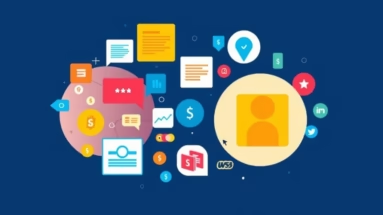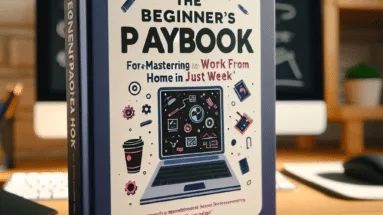
Unlock Lucrative Affiliate Marketing Jobs Amazon Work from Home Part Time (2025)
Introduction Understanding Affiliate Marketing Benefits of Working from Home How to Get Started with Amazon Affiliate Marketing

Introduction Understanding Affiliate Marketing Benefits of Working from Home How to Get Started with Amazon Affiliate Marketing

Introduction Understanding Affiliate Marketing Top Affiliate Marketing Jobs for Beginners How to Get Started with Part-Time Affiliate

Introduction Understanding Affiliate Marketing Getting Started with Affiliate Marketing Work From Home Strategies for Success

Introduction Understanding Affiliate Marketing Types of Affiliate Marketing Jobs How to Get Started Maximizing Your Success FAQ Conclusion Introduction In today's digital landscape, many

Introduction Understanding Affiliate Marketing Finding Legitimate Affiliate Programs Tools and Strategies for Success How

Introduction What Are Affiliate Marketing Jobs? Benefits of Affiliate Marketing Jobs with Amazon Top 10 Affiliate Marketing

Introduction Understanding Affiliate Marketing Top Affiliate Marketing Jobs Work From Home How to Succeed in Affiliate Marketing Future Trends in Affiliate Marketing FAQ Conclusion Introduction In 2025, the landscape of work has changed dramatically, making affiliate marketing jobs

Introduction Understanding Affiliate Marketing from Home Essential Skills for Affiliate Marketing from Home Tools and Platforms to

Finding Your Niche Understanding What Inspires You

Understand Your Current Situation Assessing Your Income When you’re thinking about making the leap from part-time to full-time affiliate marketing, the first thing you

Create a Dedicated Workspace The Power of Environment Creating a dedicated workspace is step one in hitting the ground running while working from home.

The Pressure to Be Constantly Available Understanding the "Always-On" Culture When I first started working from home, it felt like I had to be

Create a Dedicated Workspace Finding the Right

Create a Productive Workspace Designing Your Space Creating a workspace that feels right for you can make all the difference in your productivity levels. In my own journey, I found that my

Understand Your Work Style Assess Your Productivity Levels Before embarking on your work-from-home journey, the first step is to really know yourself. Consider your productivity levels at different times of the day.

What Are My Primary Motivations for This Change? Understanding Your “Why” Before diving headfirst into any major changes to my work-from-home setup, I've found it absolutely essential to reflect on my motivations.

Understanding Your Goals Identify What You Truly Want Before diving into the world of remote work, it's crucial to really take a step back

Distractions Everywhere Understanding Distractions in a Home Environment When I first started working from home, I was hit by the relentless tide of distractions. Kids playing, laundry piling up, or just a

Enhanced Work-Life Balance Freedom in Daily Routines Let me tell you, one of the most surprising perks of working from home flexibly is how it lets me craft my own daily routine.

Understanding the True Nature of Work-Life